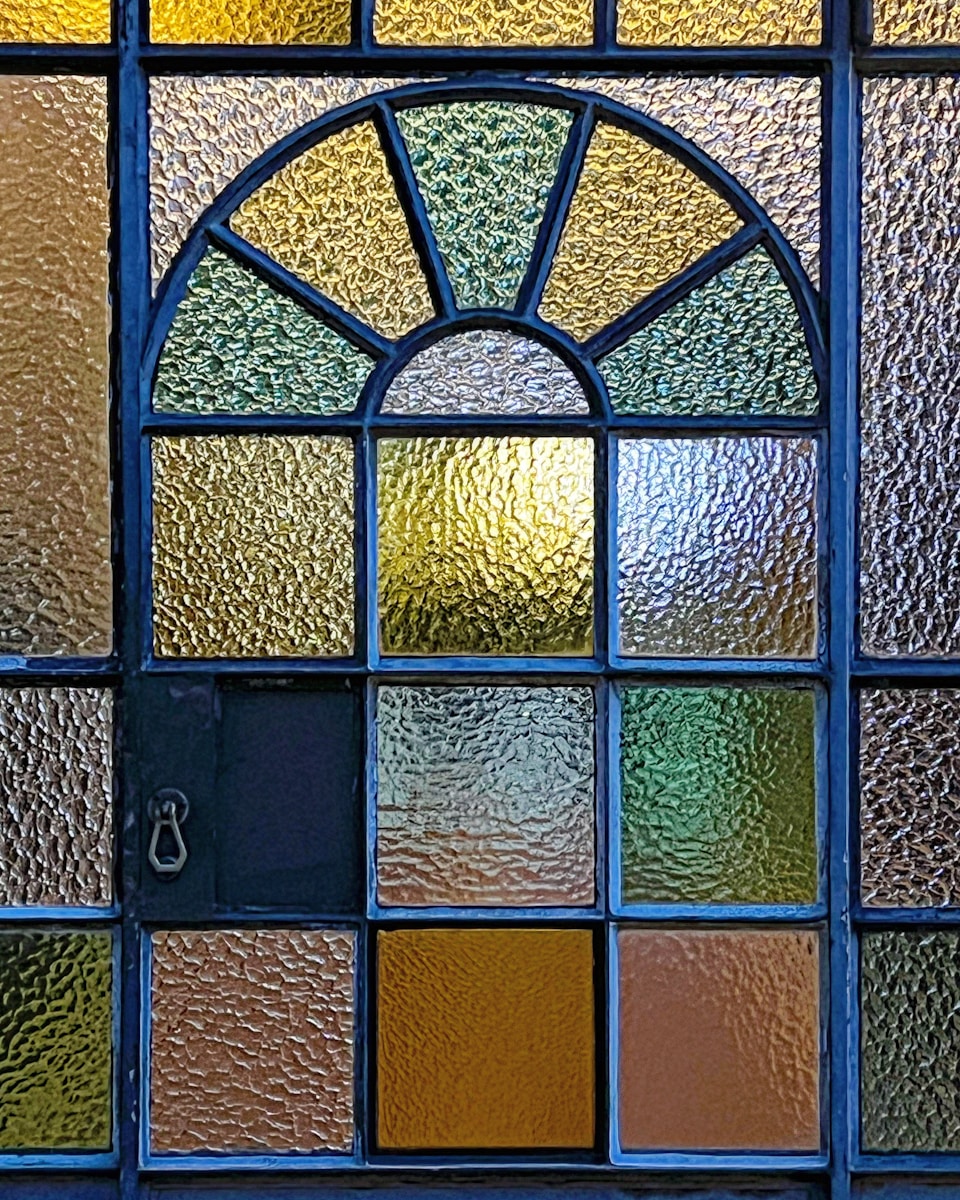Key takeaways
• Glass often travels far from sand mines to city high-rises, adding to carbon emissions.
• Low-iron glass looks ultra-clear but needs very pure sand and more shipping.
• Melting glass takes huge heat, running furnaces non-stop on fossil fuels.
• Only a tiny share of building glass becomes new panels; most ends up in landfills.
• New recipes, cleaner energy, and greener choices can boost sustainable glass use.
Why Sustainable Glass Matters
Glass makes our buildings feel open and bright. Yet most architectural glass starts as sand, soda ash, and limestone hauled from distant sites. When we call for sleek walls of low-iron glass, we demand ultrapure sand. That sand only exists in a few spots like Minnesota or parts of Australia. As a result, huge glass panels cross oceans and highways before reaching a skyscraper.
Moreover, turning sand into glass requires heating a furnace to around 2,700°F for days. Furnace crews keep the heat on 24/7 to avoid costly restarts. This process burns natural gas and leaks carbon dioxide. In addition, soda ash and limestone release more CO₂ when they melt. Altogether, each glass sheet carries a heavy climate footprint.
In our hot summers and cold winters, vast glass walls boost energy use. They let in too much heat in July and shed warmth in January. That forces us to run air conditioners and heaters more often. In this way, our love of large, crystal-clear panes drives up building emissions.
On top of that, most architectural glass can’t be recycled back into new panels. Once a building is torn down or a window breaks, recycling crews mix glass with metal frames and other parts. It costs too much effort to sort it. So only about six percent of that glass becomes new products. The rest heads to landfills.
Challenges of Sustainable Glass
Finding local sand for glass is almost impossible. Even in the U.S., the right silica sand is rare. Most glassmakers turn to mines in places like Wisconsin or Missouri. They ship it long distances to special factories. These plants shape sand, soda ash, and limestone into huge, seamless panels. Then they truck or ship them again to building sites worldwide.
Because only a handful of factories can handle jumbo glass, shipping adds more emissions. For example, a single glass cube for a flagship store may travel by truck, train, and ship before installation. That logistics chain makes the idea of truly local glass laughable—unless we change how we make it.
Furthermore, glass recycling remains underused. Even though glass itself can melt down forever, the mix of coatings, plastics, and dust in architectural panels blocks easy reuse. Low-iron glass is prized for its purity, so finding enough recycled material to meet its specs is tough. Most recycled glass instead goes into bottles or fiberglass insulation.
On top of that, the energy needed to melt cullet (broken glass) still comes from fossil fuels in today’s furnaces. Unless factories switch to cleaner power, recycling alone will not cut the biggest emissions.
How We Can Make Glass More Sustainable
First, glass factories can adopt renewable energy. Solar panels or wind farms could feed power to melting furnaces. In some countries, green hydrogen may replace natural gas. By lowering the furnace’s carbon load, we shrink every pane’s footprint.
Second, researchers are testing new glass recipes. Some add materials that melt at lower temperatures. Others mix in recycled cullet more safely. Over time, these tweaks could cut energy use by up to 20 percent.
Third, architects and developers can choose smaller or simpler panels. A building need not aim for zero seams at all costs. Embracing a light green tint or slightly smaller panes can slash shipping weight. That way, we still enjoy daylight views without such a heavy carbon price.
Fourth, better sorting and design can boost recycling rates. If window frames and coatings are easier to remove, more glass could flow back into new sheets. Policies that reward recycling or penalize landfill use would help, too.
Finally, low-e coatings can reduce energy waste once glass is in place. A thin metallic layer reflects heat and light back outside in summer. It keeps warmth in during winter. While coatings do not solve shipping emissions, they do cut a building’s heating and cooling needs.
By combining these steps, we can steer toward more sustainable glass. In turn, our cities can keep enjoying design that seems to float the skyline—without dragging such heavy footprints across the planet.
Frequently Asked Questions
How can I tell if glass is low-iron?
Low-iron glass looks very clear and almost colorless. In contrast, regular glass often shows a greenish edge when you look through it. You can also ask the supplier for details on silica purity.
What simple choices help reduce a building’s glass footprint?
Picking slightly smaller panes, using low-e coatings, and choosing recycled cullet where possible all cut down on transport and energy use. Even a slight green tint can be beautiful.
Why is most architectural glass hard to recycle?
Window assemblies mix glass with metal frames, plastics, and coatings. Breaking them apart takes time and money. Without easy separation, much glass still goes to landfill.
Could future glass factories run on clean power?
Yes. Some plants already explore solar, wind, or green hydrogen. As renewables expand, more factories should shift away from natural gas, cutting the carbon load of every pane.

